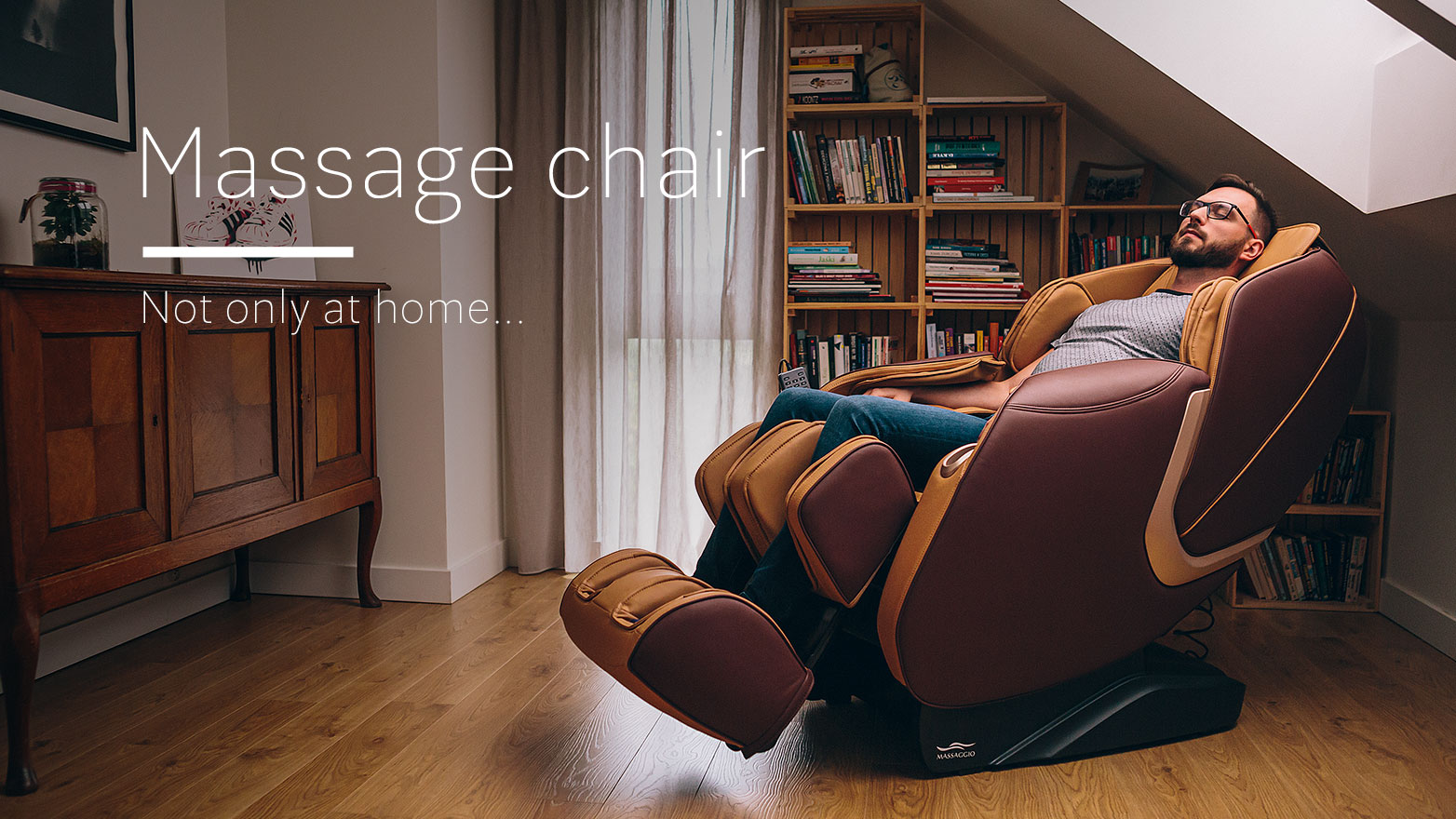Safety Precautions and Considerations: How To Move A Heavy Massage Chair

Moving a heavy massage chair presents significant risks of injury and property damage if not handled correctly. Careful planning and execution are crucial to ensure a safe and successful move. This section details essential safety precautions and considerations to minimize these risks.
Proper lifting techniques and teamwork are paramount when moving heavy objects. Improper lifting can lead to serious back injuries, strains, and sprains. The weight of a massage chair, often exceeding 100 pounds, necessitates a collaborative effort to prevent individual strain.
Teamwork and Lifting Techniques, How to move a heavy massage chair
Moving a heavy massage chair should always involve at least two people, preferably more depending on the chair’s weight and the complexity of the move. Before lifting, carefully assess the chair’s weight distribution and plan the lifting path. Maintain a straight back, bend at the knees, and lift with your legs, not your back. Communicate clearly with your team members to coordinate lifting and movement. Use a sturdy hand truck or dolly whenever possible to reduce the strain on individuals and to provide better control over the chair’s movement. Consider using straps or furniture sliders to ease the movement across the floor, reducing friction and the potential for damage.
Potential Hazards and Mitigation Strategies
Several hazards are associated with moving a heavy massage chair. Failing to address these risks can lead to accidents, injuries, and damage. The following table summarizes these hazards and their corresponding mitigation strategies.
| Potential Hazard | Mitigation Strategy |
|---|---|
| Back injuries from improper lifting | Use proper lifting techniques (bend at the knees, lift with legs, maintain straight back), utilize a hand truck or dolly, and work as a team. |
| Damage to the massage chair | Protect the chair with blankets or padding, use furniture sliders to minimize friction, and avoid sharp turns or sudden movements. |
| Damage to walls, floors, or doorways | Carefully measure doorways and hallways to ensure sufficient clearance, use protective padding on walls and corners, and move slowly and deliberately. |
| Tripping hazards | Clear the moving path of obstacles, use caution when navigating stairs or uneven surfaces, and ensure adequate lighting. |
| Dropped chair causing injury | Maintain a firm grip on the chair at all times, use straps or additional support if necessary, and move slowly and steadily. |
